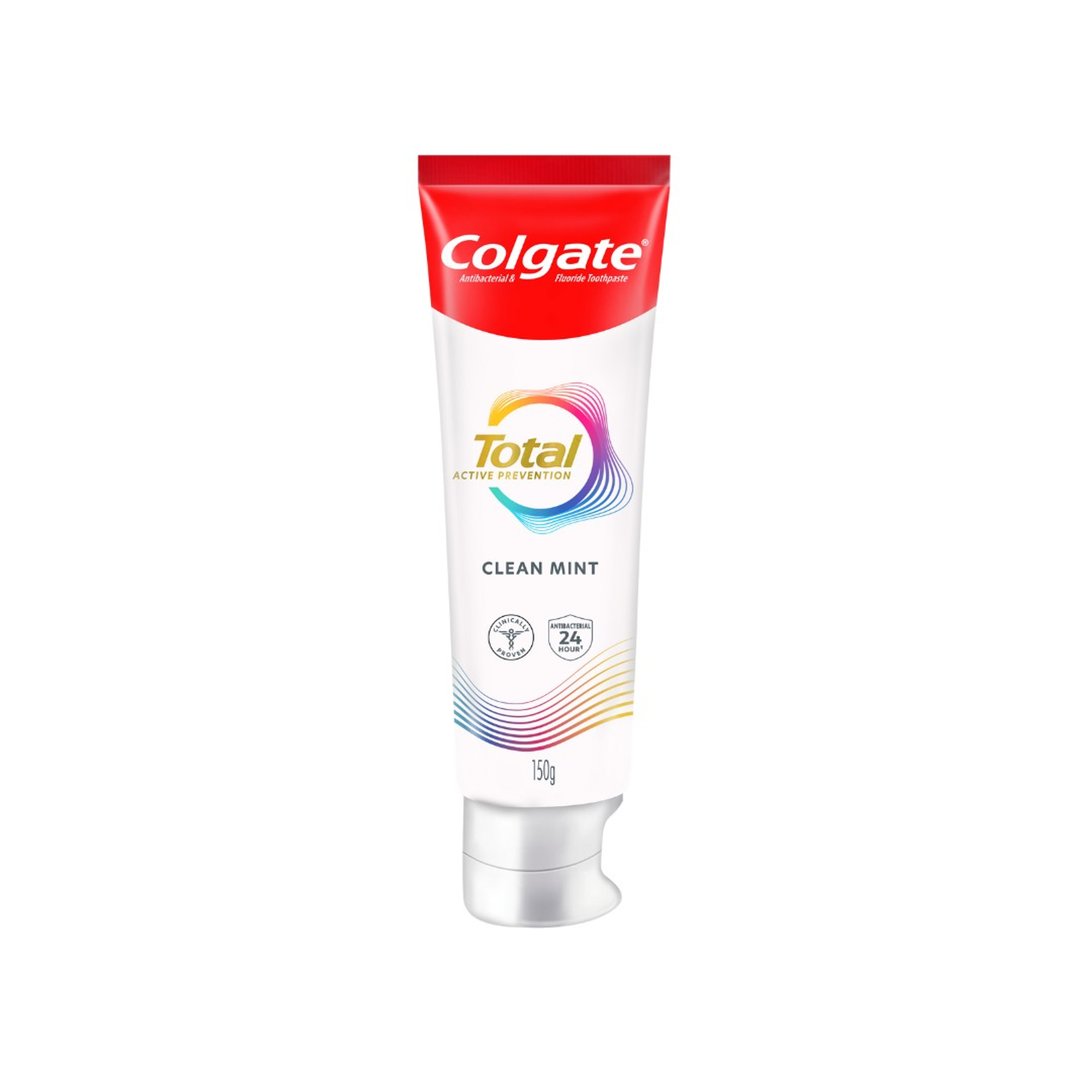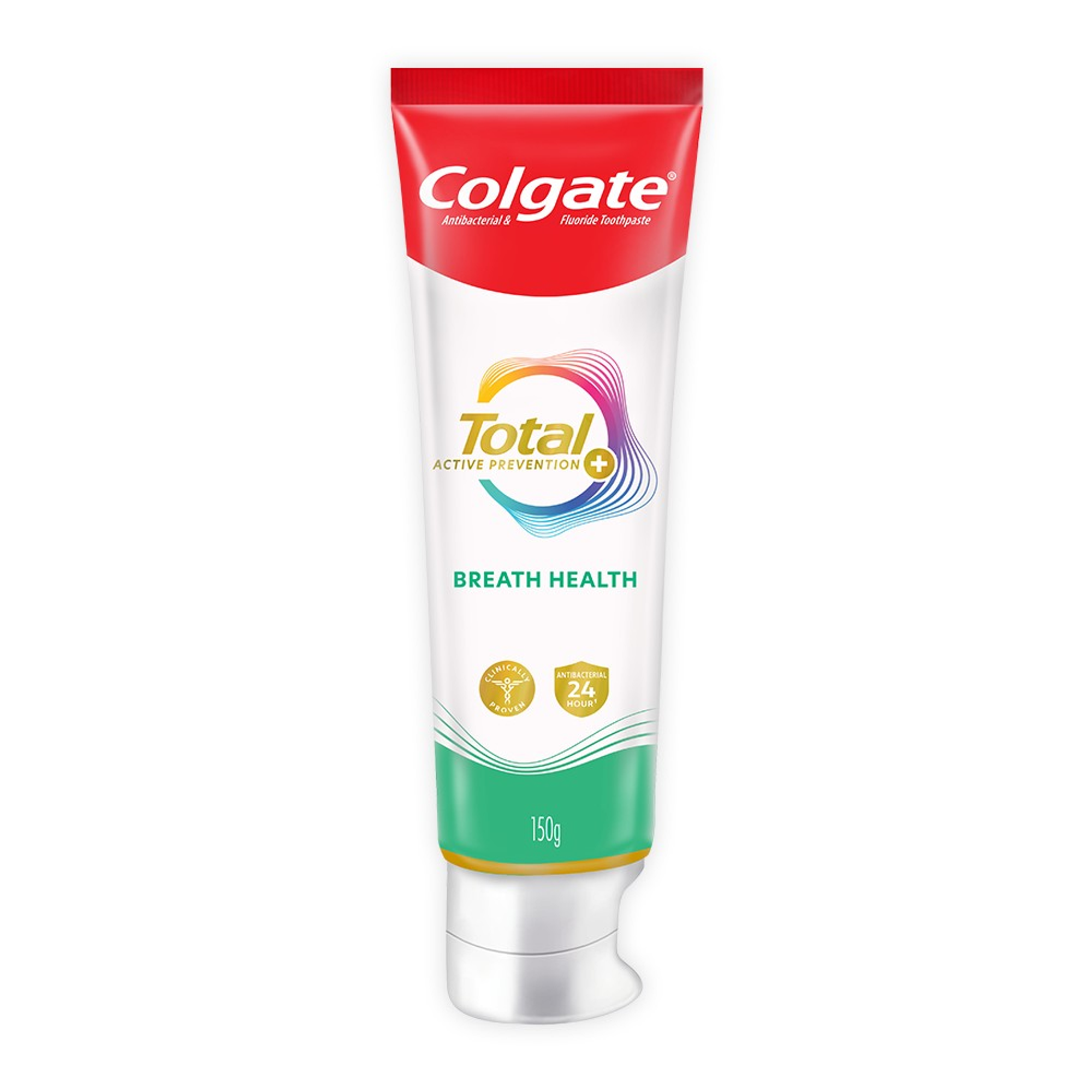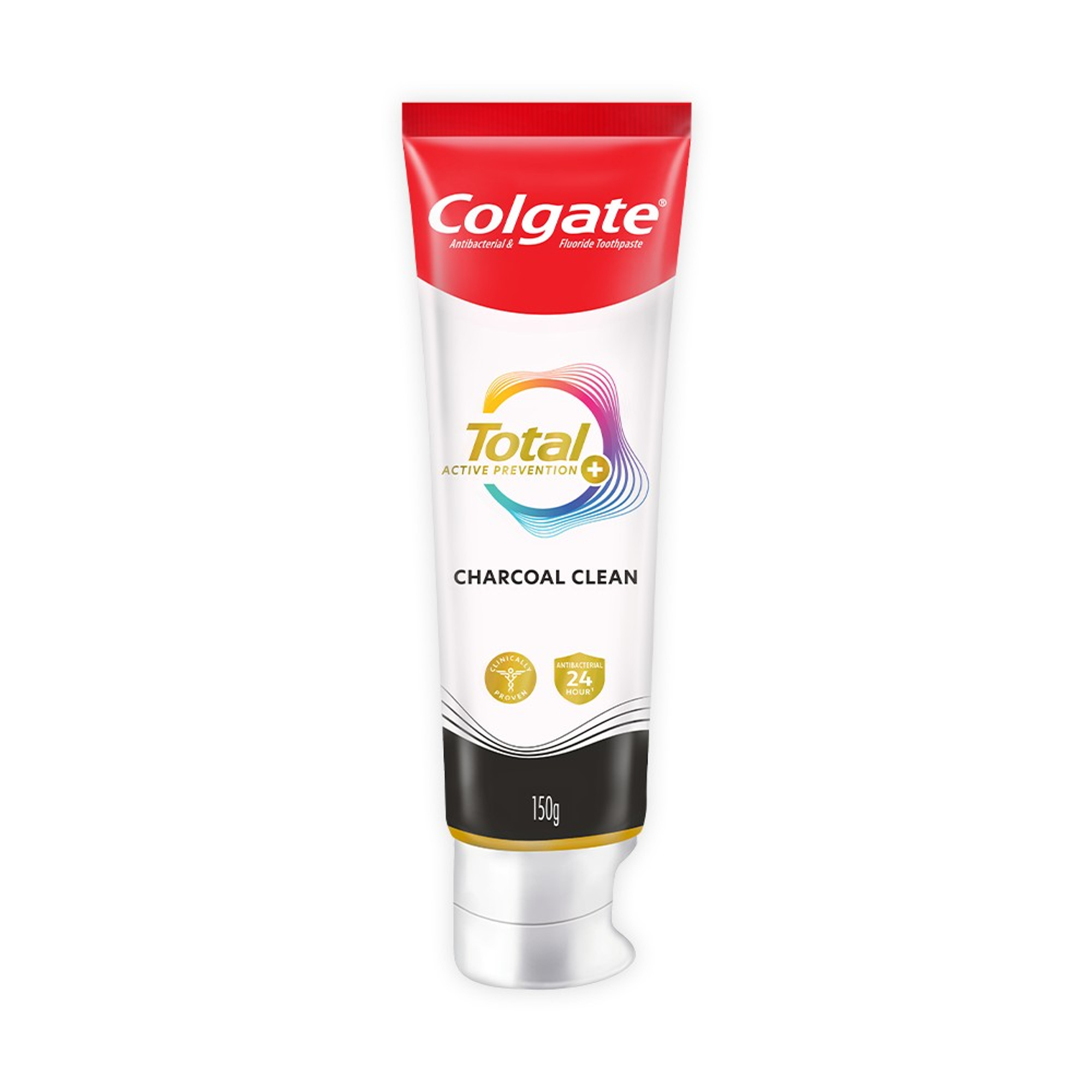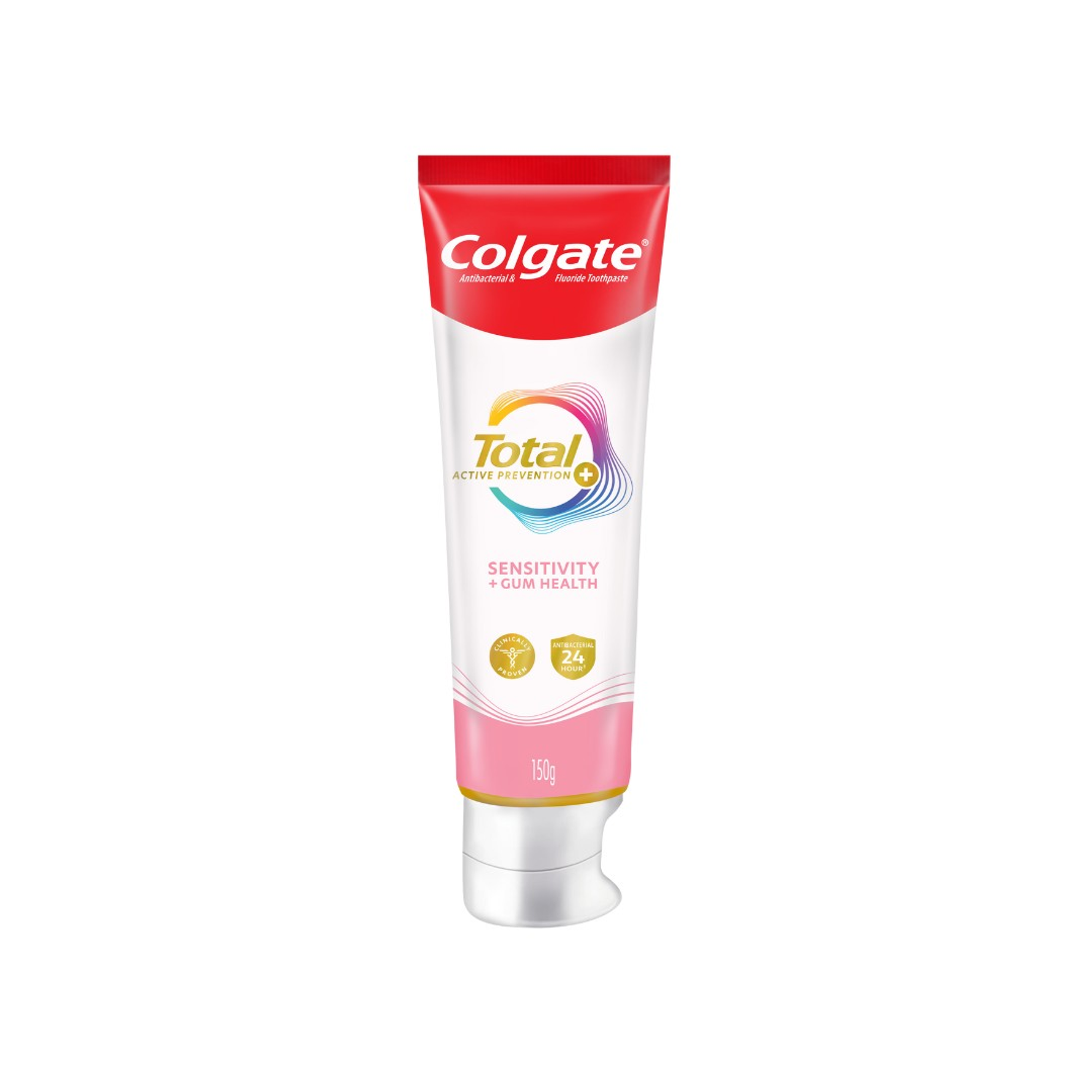-
-

ADULT ORTHODONTICS
Should You Use Mouthwash Before or After Brushing?Brushing and flossing are the foundation of a good oral hygiene routine, but mouthwash can also be a useful addition...

SELECTING DENTAL PRODUCTS
Soft Vs. Hard Toothbrush: Which One Should You Use?The toothbrush has come a long way. As the American Dental Association (ADA) notes...
-
Science & Innovation
- Oral Health and Dental Care | Colgate®
- Oral Health
- How to Treat and Prevent Cavities


Most people are aware of the risk of cavities, or dental caries, but the problem is more widespread than you might think. At the very least, people who don't seek speedy treatment for their cavities may experience tooth pain. There are several ways to prevent cavities from forming, as well as quick action you can take to stop existing tooth decay from causing more damage.
By knowing how cavities are created, making dietary changes and being open-minded about treatment options, you and your family can make them a non-issue.
How Cavities Form
There's a good reason dentists advise patients to stay away from sugary treats. Cavities are created when bacteria in your mouth interact with refined sugars and fermentable carbohydrates such as the ones found in soda and sweets. This melding of sugars and bacteria promotes acid production. According to the Dental Health Foundation, acid promotes demineralization, or the loss of protective calcium and phosphate in your teeth's enamel. Cavities may then form through weakened enamel and exposed dentin, and your teeth may even chip or crack.
Cavities can also occur if the root of your tooth has been exposed due to receding gums, or if you have dry mouth, a condition in which you have less acid-neutralizing saliva guarding your teeth.
Treatment
Decaying teeth can be salvaged with restorative treatment conducted by your dentist. White spot lesions, for example, are early cavities that can be treated via remineralization — a treatment MedicineNet describes as the hardening of a tooth's weakened enamel with calcium or fluoride. You can help make enamel more resistant to cavities by using fluoride toothpastes and dentist-administered fluoride treatments. Use an ADA-approved fluoride toothpaste to ensure the best results in strengthening enamel.
You can also opt for restorative methods such as fillings, pulp capping and root canals. A filling often suffices if the decay has not reached your tooth's pulp or nerve, and your dentist will likely remove the decay and cover the hole with a resin composite or amalgam filling. If the decay has spread to the pulp or nerve, however, you may need a root canal or pulp capping. The latter is performed when the nerve has been mildly infected and if there's still a possibility of natural nerve repair.
Your dentist will conduct an examination to determine how badly the nerve is affected and may perform a root canal if your tooth's pulp is damaged or when the nerve is moderately or severely infected or irritated. Badly decayed teeth can also be extracted.
Prevention
WebMD explains that acid exists in your mouth as a by-product of bacteria eating sugar and starches that linger for several minutes after eating. If you do consume sugary beverages, drink them with your meals instead of between them. This will limit your teeth's exposure to acid from sugars and carbohydrates.
Cavity prevention also involves plenty of calcium-rich foods and supplements. Change your toothbrush often as well, and brush and floss regularly. Is your water fluoridated? Find out, and use mouthwash to control bacteria in the same way. A sugar-free gum with xylitol can also help dispose of the natural bacteria in your mouth.
A dental hygienist can place sealants on your premolars and molars for protection from acid and cavity-causing bacteria, but you should still see your dentist every six months for cleanings and scaling, and to ensure that potential problems are detected and treated early. Your dentist may also recommend bitewing x-rays to observe the teeth and check for any potential cavities.
The easiest way you can help prevent cavities in teeth is to know how they are formed. Remineralization can take care of those white spot lesions, but see a professional for deeper cavities. Prevention is always easier than treatment, so making the right dietary changes and adopting healthy oral hygiene habits will go a long way.
Related Articles

If you notice anything strange in your mouth, such as a gum boil or a bump that looks like a pimple, it's a good idea to have it checked out by a dentist.
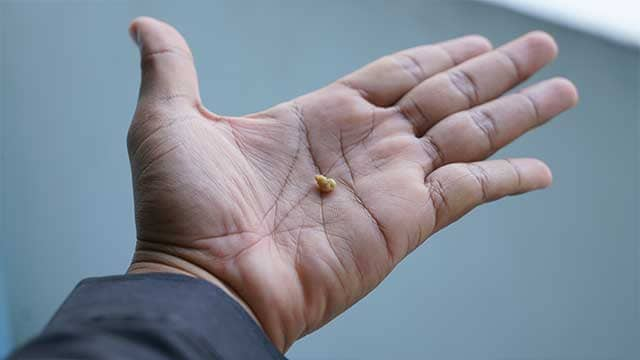
Tonsil stones, clinically called tonsilloliths, are small, white discharges that form in the crevices of the tonsils. They are typically found on the surfaces of the pharyngeal tonsils on either side at the back of the throat. They can be as small as a grain of rice or as large as a pea. They are quite common and usually harmless, but they may spark alarm in patients when noticed for the first time.

Related Products

Helping dental professionals
More professionals across the world trust Colgate. Find resources, products, and information to give your patients a healthier future




